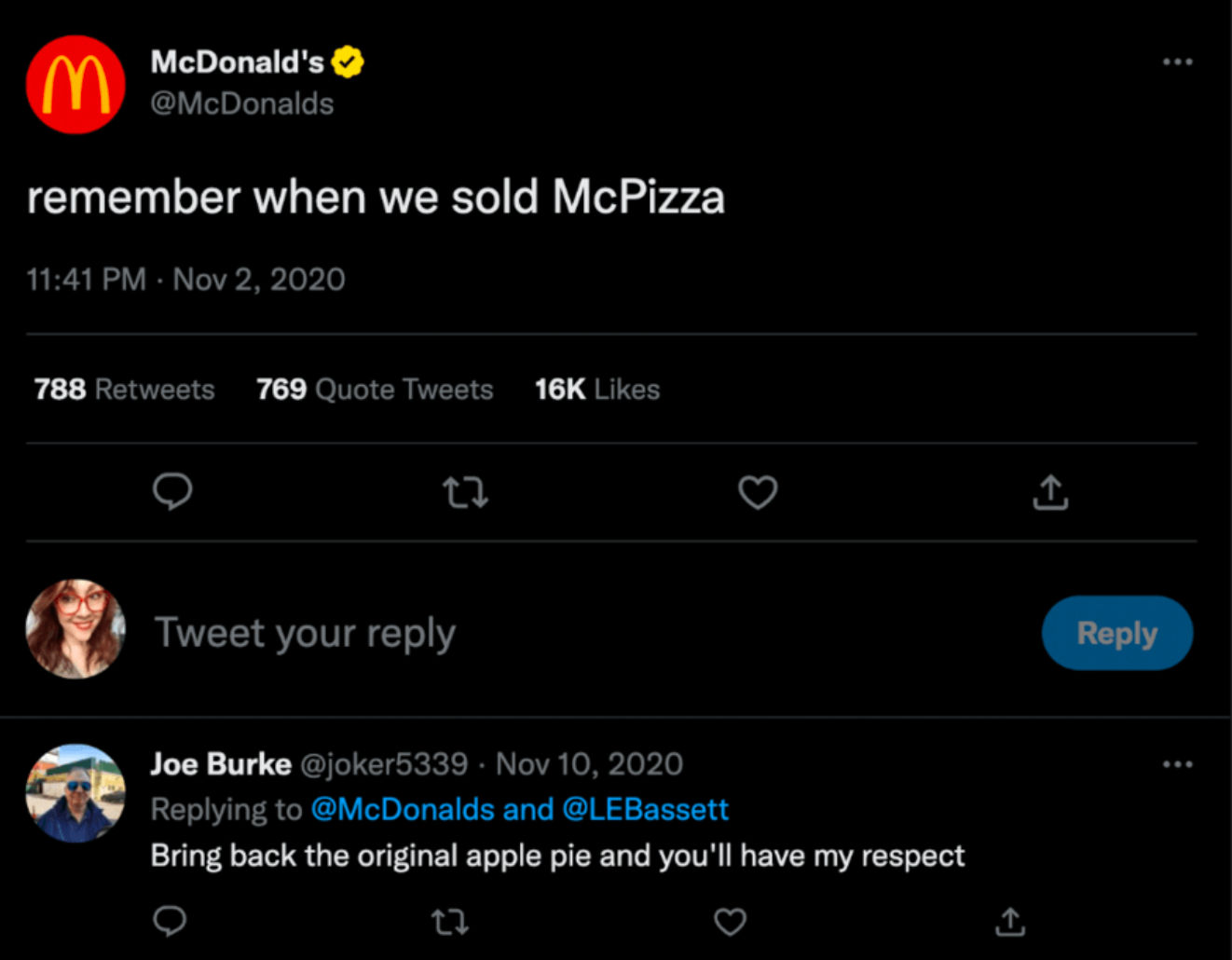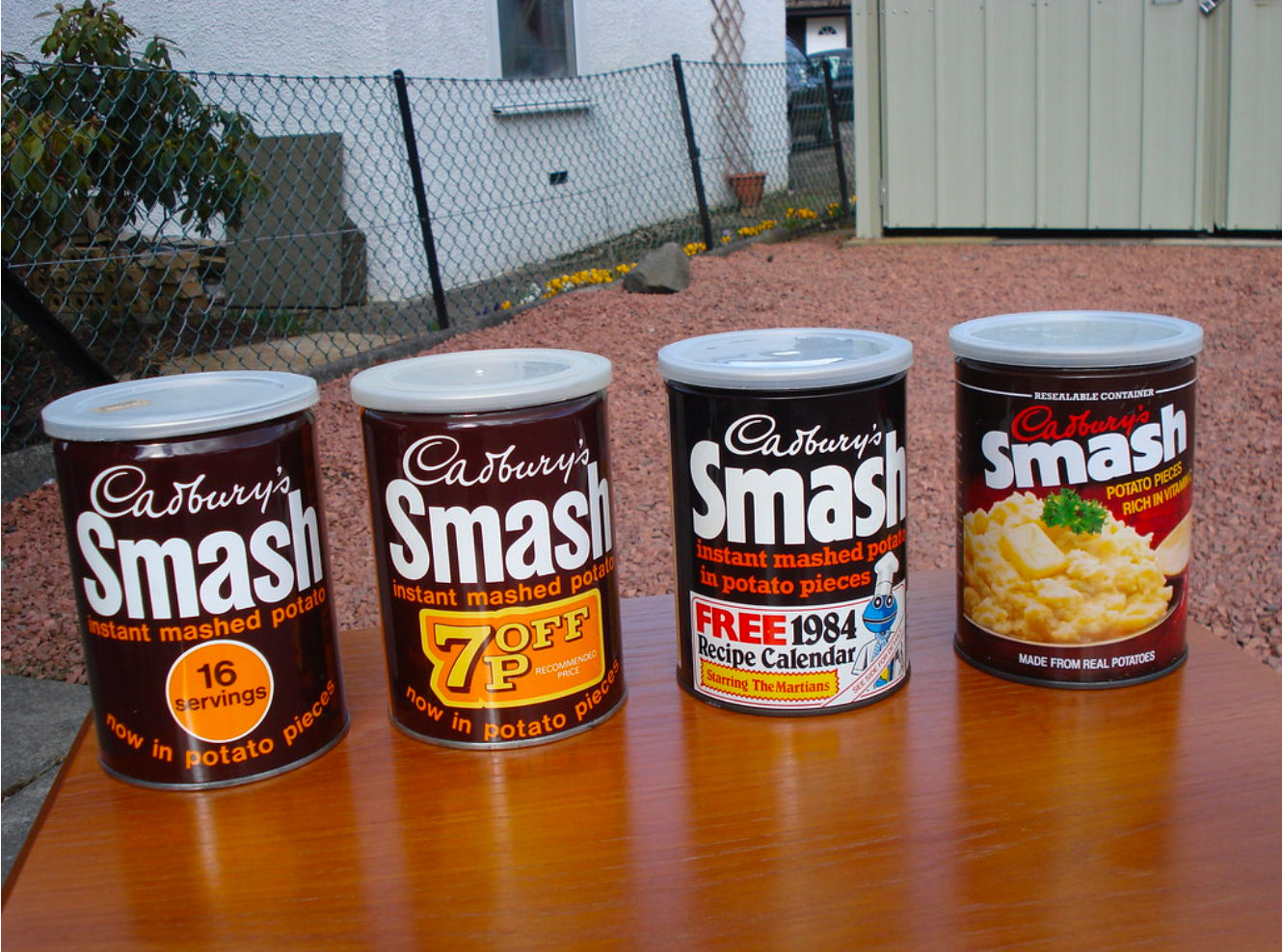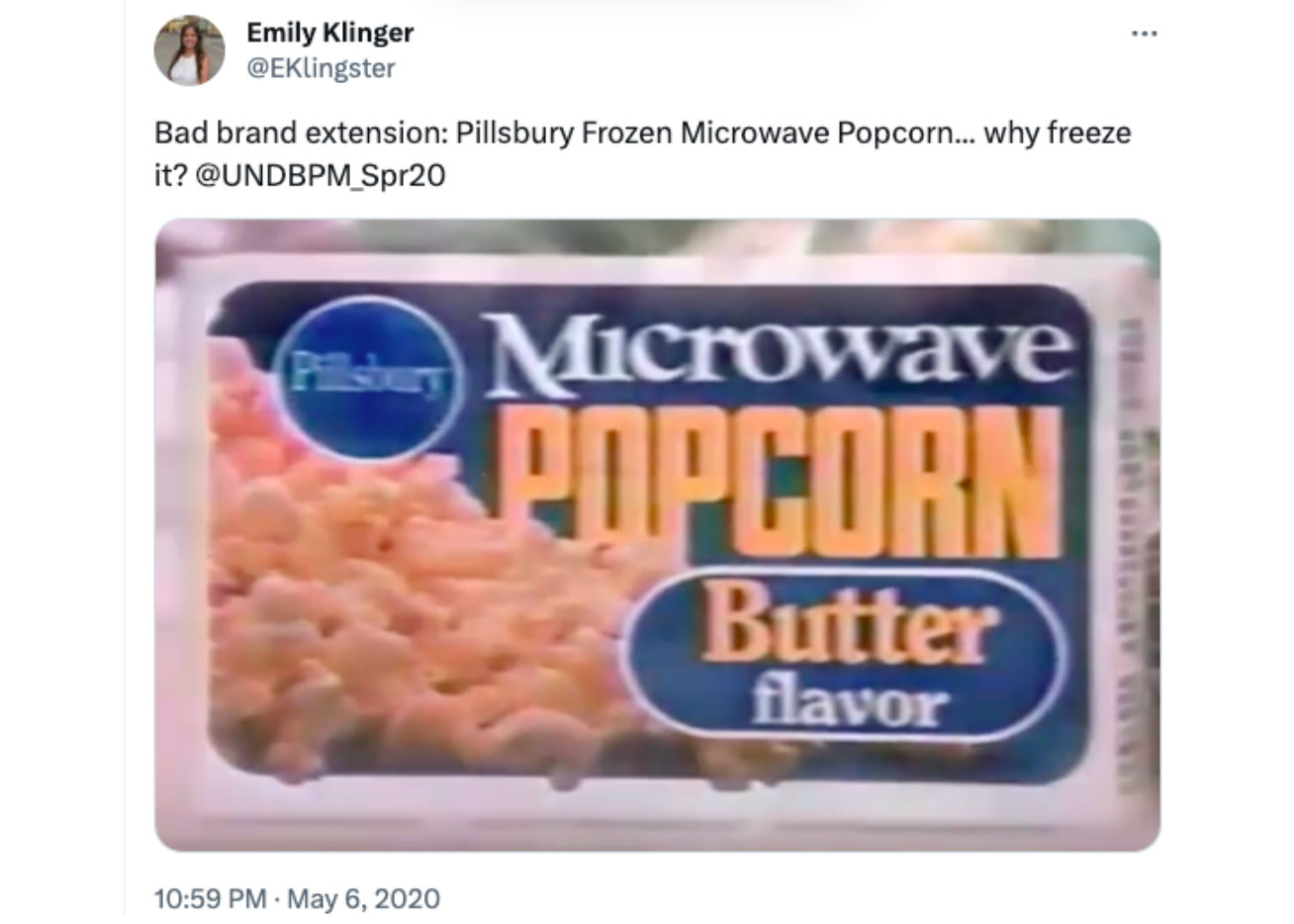Imagine if suddenly Ellen DeGeneres became your portfolio manager or Taylor Swift became an ophthalmologist and requested to check your eyes - would you feel comfortable? Honestly, just writing this was excruciating.
The thing is, there is nothing wrong with Ellen or Taylor changing their profession, but it wouldn’t do justice to the image they’ve built over the years - it would mess with their credibility, severely lack proof of work, and question trustworthiness.
Similarly, if Coca-Cola started selling computers or Uber began producing vegan ice-creams - the strategy wouldn’t land well. These are all examples of something that doesn’t fit too well with the brand image.
In the real world, we may have a term for this - brand dilution.
What is brand dilution?
Brand dilution is the weakening of a brand’s power and value due to excessive or unreasonable brand extension.
It occurs when a company has too many brands across the depth and breadth of its offerings and runs too thin trying to support them all, which often results in poor quality and inferior services.
Organizations often step into these murky situations in an attempt to extend their brand in uncharted territories. If successful, this process is called brand extension.
However, if they fail due to lack of acceptance by the customers, poor quality, or by being unable to provide the same value as their core offering, it’s dilution.
Top 3 reasons that cause brand dilution
Extending your brand when things are working out is only natural, but the strategy only works when it’s something that consumers want. On the other hand, if this selection goes wrong, the brand weakens.
Let’s understand what can cause this:
Stretching the capacity: When organizations take on new products, it can lead to teams being stretched beyond their capacities. This in turn results in lower quality work, a risk in delivering, compromised values, quality of the brand and overall perception.
For example, here’s Samsonite launching an outwear given their success in the high-end luggage. The flagship product is a resounding hit, but the extension to fashion didn’t land quite well, resulting in line dilution.

Introducing unrelated services or products: One of the most common reasons why brand dilution happens is when companies launch a service or a product they have no expertise in and, more importantly, have no credibility in the eyes of the customer. This leads to utter confusion and disappointment among users.
For example, best known for rugged motorcycles, Harley Davidson has produced a series of parallel products like shirts, jackets, vests, chaps, bandanas and underwear in the past - which have worked well.
Riding on the success, they launched a perfume, which tanked to the bottom. Regardless of how much effort they put in, they just couldn’t float this product.

Losing control over the brand: A lack of brand standards, framework, guidelines, and loosely shared values internally can lead to a confused, inconsistent, brand that eventually dilutes.
Pro tip: Technology has enabled brand teams today to work with a variety of systems that can avoid this, especially DAM (digital asset management) which stores, organizes, shares, saves, and makes everything accessible.
Apart from systems, what teams need is solid fundamentals, and guidelines to keep the brand image intact.
How to measure if the brand has been diluted?
55% of consumers are more likely to buy a product if they love a brand's story - so it’s safe to say that you can’t go too far with a weakening brand. So imagine you have a hunch that because of some reason, your brand is diluting - how do you identify or measure it?
- Customer perception: One of the most important indicators of brand dilution is how your customers perceive you. If customers see a decline in quality, value or authenticity, they’d be the first ones to talk about it.
As a brand, you can measure this by analyzing customer reviews, NPS (net promotor score), online mentions, customer feedback or your ratings. You can also take it a notch up and speak to your customers to understand what’s changed. - Sales & revenue: A decline in how many people are buying your product or service is also a clear sign of brand dilution. If a brand’s new products or services fail to meet expectations, it can lead to a decline in its acceptance.
For old products, you can map it with your previous MRR (monthly recurring revenue) for the product, however for newer launches, try to juxtapose it against competition. - Brand equity: Brand equity is the added value a company has when they have a strong and positive brand name, and perception. This leads to preference in selection, increased revenue and profits, and a better hold on the customer.
To measure brand equity, account for both operation (sales, finance, HR) and experience (preference, reviews, sentiment) data, the former is quantified and the latter is qualitative. This will give you a full picture of what and why. - Brand awareness: To understand your market presence, visibility, reputation, and growth, brand awareness can serve as a great metric to gauge is your brand inching towards dilution or not.
At large, brand awareness can be broken into two parts - aided and unaided. But to get a deeper understanding of your brand, dissect branded mentions, share of voice, customer surveys, media impressions etc.
A cohesive brand presence and visual identity across all channels can help strengthen your brand recognition, eventually helping you gain brand awareness, equity, and perception.
Ways to regain trust with customers after brand dilution
When McDonald’s launched McPizza which confused its customers due to its departure from the brand's core offering of burgers and fries, it created a mess. All the customers said - well why the hell would a burger and fries restaurant sell pizza?
The extension didn’t work for these reasons
- If customers wanted a family-size pizza, they’d go to a pizza place
- McD’s iconic burger and fries were being compromised
- It went against the food experience that the customers expected

Know that brand dilution can damage a brand irreparably, but here are still a few things you can try to resurrect the trust.
Reinstate core values: Turning back to your core values is a great idea, especially when other services are going down. Ensure that any new product or brand changes align with the brand’s core vision. Always look at expansion from the lens of protecting the core brand.
Choose partners wisely: The same ideology holds for your partners and collaborators. If your partner doesn’t understand brand values and is unable to stay true to them, it can act poorly on your brand.
Remember the Madonna X Pepsi feud? After she collaborated with Pepsi, Madonna released her ‘Like A Prayer’ video, which was controversial. Because of the complaints and public backlash, Pepsi had to cancel the deal.
Consistent messaging: Ensure that everyone connected to the brand - sellers, retailers, and stakeholders understands the brand messaging, values, and expectations. Having these brand standards openly shared, and talked about can act as a guiding star during tough times.
To achieve this, provide access to approved branding material so the team can utilize the updated communication, images, and graphics for social media. It’s incredibly important to standardize brand messaging, and collateral as part of the overall strategy.
To execute this, use a DAM (digital asset management) solution that facilitates easy access, sharability, process optimization, and scalability.
Read: How to use DAM for effective content distribution: a guide for marketers
Transparency: Admit mistakes, take steps, and move on graciously. One of the biggest mistakes that brands make is when at fault, they deny the problem or ghost customers.
55% of consumers are more likely to buy a product if they love a brand's story. Loss of trust due to transparency can impact a brand’s reputation.
Examples of brand dilution
Cadbury’s Smash

Cadbury’s core competence is their chocolates, and candy, so venturing into low-end food products like mashed potatoes was a total surprise.
The brand’s instant cans didn’t match the perception of its high-quality chocolate business, and because of this customer trust in the product began to dwindle.
They eventually sold the brand in 1986.
Pillsbury frozen microwave popcorn

One may argue that Pillsbury’s exposure and reputation in producing quick and easy recipes gives them an added advantage, but here, the brand couldn’t just land correctly on the messaging.
Calling their popcorn ‘frozen for freshness’ didn’t offer substantial value and failed in comparison to other brands at that time. Everyone asked - what’s the need to freeze it?
Tata Nano

One of the biggest lessons in branding, Tata Nano was a perfect product launched by the Tata group for an audience segment with lower income brackets, however, owing to its branding, it failed. Experts say that Nano failed because nobody aspires to own a cheap car.
Titled as world's cheapest car," it posed significant challenges that affected the Tata brand's image. The Nano's branding as a "cheap car" led to a loss of the ‘affordable yet sturdy’ image it was supposed to carry, impacting its desirability.
Examples of brand extension
AWS

One of the most successful brand extensions known to brand managers is the creation of AWS - an Amazon product that was born out of the need to address internal challenges. As of 2023, AWS’s revenue was a whopping $90 billion; if it were independent, it would rank in the Fortune 100.
Why it worked: Amazon built this product to fill in an internal ‘want’ which in turn helped many developers and SMEs linked with the business. This brand extension was born out of a massive demand, thus being successful.
Gillette’s Shaving Supplies

Gillette's strategic expansion into producing shaving products to complement its safety razor blades was clever. Considering the widespread use of shaving cream, foam, or gel, launching these extensions was a natural progression.
What it worked: Knowing the sales and revenue of its line, it was easy to predict the demand for shaving creams, foam, and gel. Thus, producing products which were so close to the brand’s core offering, complimented the growth.
Colgate's toothbrush

Similar to Gillette’s razor and shaving products, Colgate's toothpaste and toothbrush are complementary goods. Without brushing, you cannot use a paste.
Why it worked: unlike Gillette, Colgate went back into the hierarchy of needs, and it worked so tastefully.
Conclusion
Brand dilution can be difficult to recover from. The only relief here is that it’s manageable to avoid it if you follow the frameworks.
With 100s of new brands claiming the stage on the internet every day, it’s increasingly challenging for a company to establish itself, and sustain its image. Branding experts recommend using reliable methods, proven frameworks, and new-age systems that allow brands to keep things intact.
One such system is a Digital Asset Management (DAM) solution, used by nearly all global players to centralize their brand assets, ensure brand consistency, and minimize risk. As a central source of truth, DAM can save marketing and branding teams hours of work just by facilitating efficient workflows.
Sign up with ImageKit for FREE to keep an eye on your brand and control your narrative to avoid brand dilution and maintain your brand's value and image.
Sources:
Source 1
Source 2
Source 3
Source 4
Source 5
Source 6
Source 7
Source 8
Source 9
Source 10




